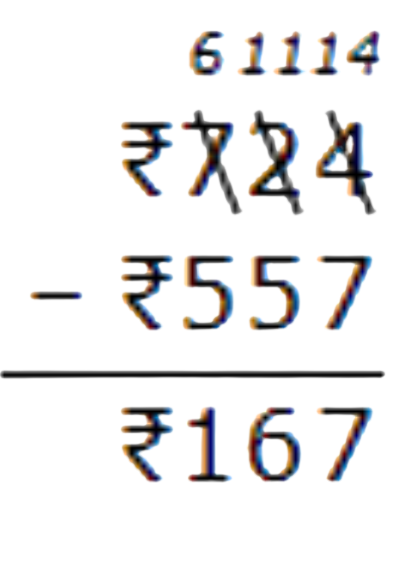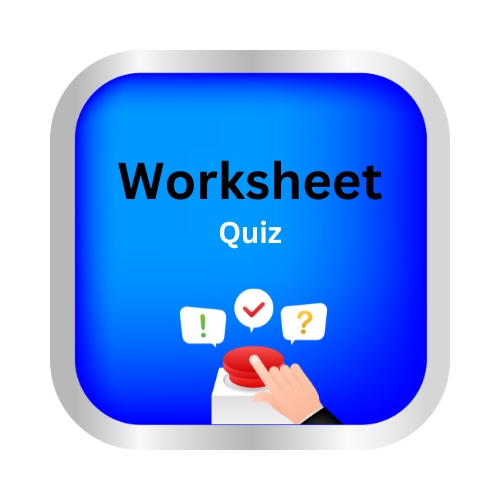Add and subtract money amounts
Key Notes :
- Understanding Currency Values: Recognizing the value of coins (pennies, nickels, dimes, quarters) and bills (dollars) is essential. Teaching them the relative values of different coins and bills is crucial.
- Counting Money: Knowing how to count and add various coins and bills together to find the total amount. This involves identifying the different combinations of coins and bills that add up to a specific value.
- Addition and Subtraction: Learning how to add and subtract money amounts by aligning decimals when necessary. This involves both simple addition and subtraction as well as carrying over or borrowing when needed.
- Word Problems: Solving word problems involving money, understanding scenarios where money is added or subtracted, and applying the learned mathematical operations to real-life situations.
- Making Change: Understanding the concept of making change, which involves subtracting the cost of an item from the amount paid to find the difference, or the change.
- Practical Applications: Applying these concepts in real-world scenarios, like going shopping, calculating totals, making change, and understanding financial transactions.
Learn with an example
✈️ Subtract.
₹ 724 – ₹557 = ₹_____
- Subtract the numbers in each column. Remember to carry over.

- The difference is ₹167.
✈️ Add.
₹1.96 + ₹8.03 = ₹______
- Add the numbers in each column. Write the decimal point in the sum.
- ₹ 1 . 9 6 + ₹ 8 . 0 3 = ₹ 9 . 9 9
- The sum is ₹9.99.
✈️ Subtract.
₹ 332 – ₹ 330 = ₹_______
- Subtract the numbers in each column.
- ₹ 3 3 2 – ₹ 3 3 0 = ₹ 2
- The difference is ₹2.
Let’s practice!🖊️

